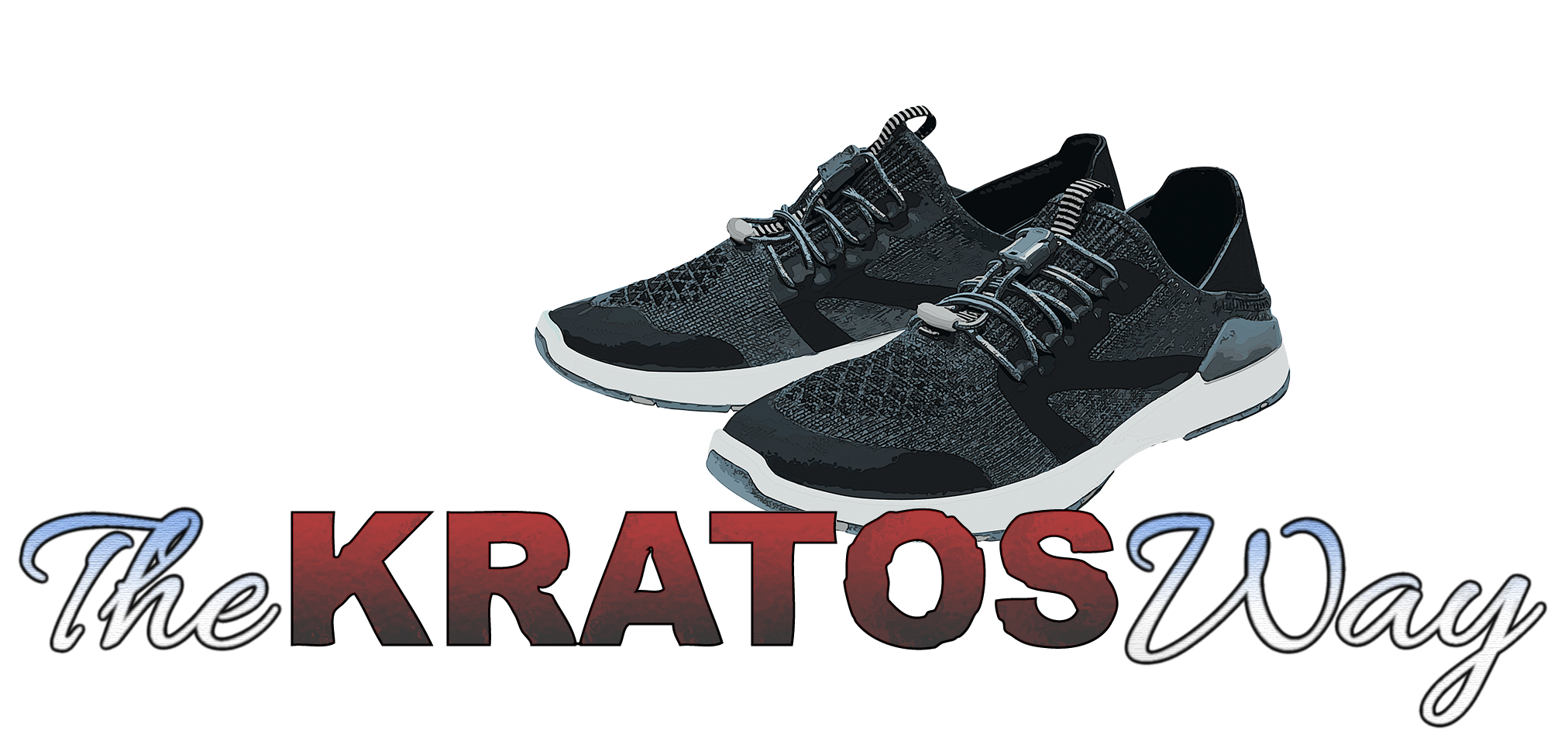

|
#20. Cardio basics Monday, November 16, 2020 Last week, we screened our hearts together. Now that we have that out of the way, it's time to give those hearts a beating... with "cardio" (short for cardiovascular exercise). The convenience of cardio is that it can be done just about anywhere, and it doesn't even require equipment. The inconvenience is all of the sweat and labored breathing. And the duration if you opt for the low-intensity steady state (LISS) version. This includes long, mild walks. And long, mild jogs. And long, mild bike rides. Or lots of mild lap swimming. You get the idea (in case you didn't, it's all long and mild). Alternatively, you can do high-intensity interval training (HIIT). Rather than sauntering in place for 45 minutes on an elliptical, you perform bursts of higher-intensity exercise, followed by lower-intensity recovery intervals. High, low, high, low, high, low, and so on until you're done... in half the time it would have taken to finish a LISS session. As an example, you could find a 400m track and do several laps, running the straightaways and walking the corners. Or mimic that practice on a road. Or on a piece of stationary exercise equipment. Or anywhere else. Both of these approaches (LISS and HITT) have their benefits (Patel et al., 2017). But for true "cardio" enhancement, HIIT seems to be a slightly better option for most populations (Arena et al., 2013; Daussin et al., 2008; Guiraud et al., 2012; Gutin et al., 2002; Helgerud et al., 2007; Lavie et al., 2013). The reason is an intuitive one. Our bodies are not eager to adapt to comfortable endeavors. Our cells deem it unnecessary to undertake all of the effort of heart bolstering if our hearts' health was never threatened in the first place. The higher the intensity, the greater the threat; the greater the threat, the better the reason to adapt. That's not to say low-intensity cardio is less valuable. But perhaps it would be more accurate to call it "metabo", as it is more of a metabolic stressor than a cardiovascular one. That said, metabo is nothing to scoff at; it's great for fat loss (Purdom et al., 2018) and cognitive preservation (Alghadir et al., 2016; Heijnen et al., 2016). What's most important is that you pick the form of "cardio" that's right for you. Let's talk tips: Tip 1) No matter what form of exercise you choose (HIIT or LISS, outdoors or indoors), what's important is that you get your daily dose. If you have a lot of time or an audiobook to get through, do a LISS session. If you're short on time and audiobooks, do a bout of HIIT. Although, after HITT sessions, people commonly find themselves eating more (Pomerleau et al., 2004), and that can affect weight loss. So keep an eye on your fork afterward if your goal is more than mere heart health. Tip 2) Start short and slow. Half of what you're capable of. No longer, farther, or faster. This way, you'll have plenty of time and room to adapt. And be sure that you do. Every week, you should improve the distance you cover in a given duration. Or the total distance in a session. Or the number of calories burned. Or some other objective measurement of improvement. Keep a log and attempt to outdo yourself every new week. Tip 3) Heart rate is a good indicator of exercise intensity. More specifically: the percentage of your maximum heart rate. The simplest calculation (220 - age in years) is satisfactory. That means, if you're 40, your estimated maximum heart rate is 180bpm. On a LISS day, aim for a HR that's around 60% of that (for the 40-year-old, that's 108bpm). If you're doing some HIIT, you can get as high as 90%, depending on the duration of your up intervals. If you've never used heart rate as a measurement of intensity, it might take some getting used to. But once you get to know your heart a little better, you'll find it to be a remarkably reliable exercise companion. 
|